10 Animals Found In Turkmenistan
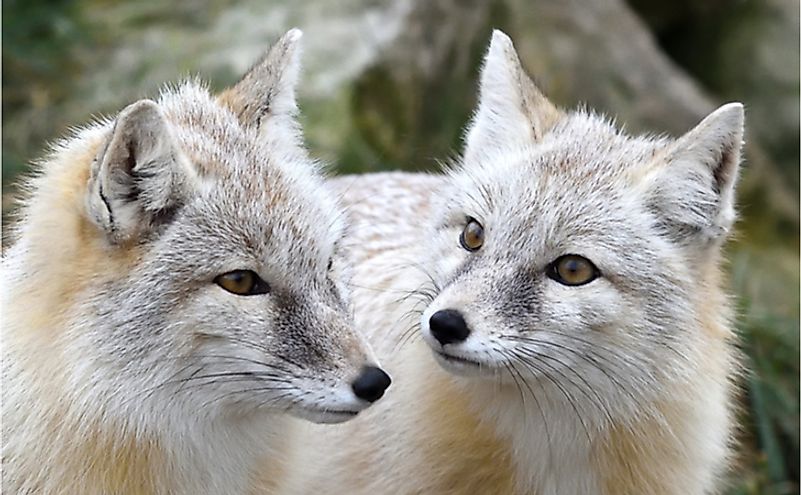
Turkmenistan is in the south-western part of Central Asia. The nation is bordered to the south by Iran, to the southeast by Afghanistan, to the north and east by Uzbekistan, to the northwest by Kazakhstan, and by the Caspian Sea to the west. The country has four distinct biospheres that include mountains, the Caspian shore, and deserts. The nation also has several nature reserves where wildlife is protected. The majority of the country consists of dry plains, ruggest mountains, and deserts. The various habitats contain a total of around 91 mammal species, 82 reptile species, and around 400 bird species.
Caspian Seal
Caspian seals are found exclusively in the Caspian Sea. They can be spotted along the shore, on rocky islands, and floating chunks of ice. During winter, mammals can be found in large numbers in the northern part of the sea. When the warm season kicks in, they move to the southern part of the Caspian Sea, where waters are deeper and cooler. Scientists have evidence that suggests the seals are descendants of the ringed seals found in the Arctic. It is believed that the ringed seals at some point in the Quaternary period occupied the area. As the continental ice sheets melted, significant numbers were isolated in the Caspian Sea and thus evolved separately. Adult Caspian seals reach a length of between 50 and 51 inches and weigh about 190 lbs. The seals are considered shallow divers with diving depths of about 160 feet. Their diet consists of a variety of fish and crustaceans.
Snow Leopard
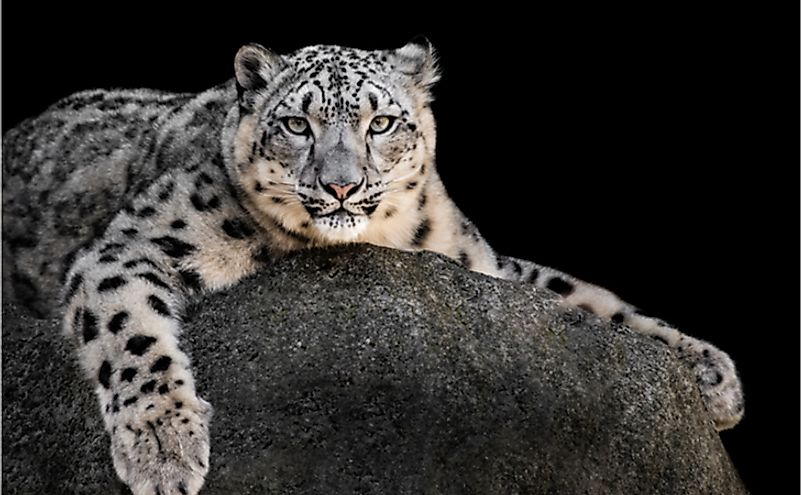
The snow leopard is a unique species that is found in Central Asia, particularly at elevations of between 1,240 and 2,485 miles. However, it is possible to find one at lower altitudes such as mountain passes, valley ridges, and rocky outcrops. The leopards have long and woolly fur that protects them from harsh cold conditions. Their fur coloration is smoky grey with a mild shade of brown and yellow that is coupled with broken-spot markings. The snow leopards also have distinctive tiny ears and white fur on their chest and belly. Typically, they hunt during twilight hours. Their diet consists of Ibex, marmots, hares, and musk deer.
Goitered Gazelle
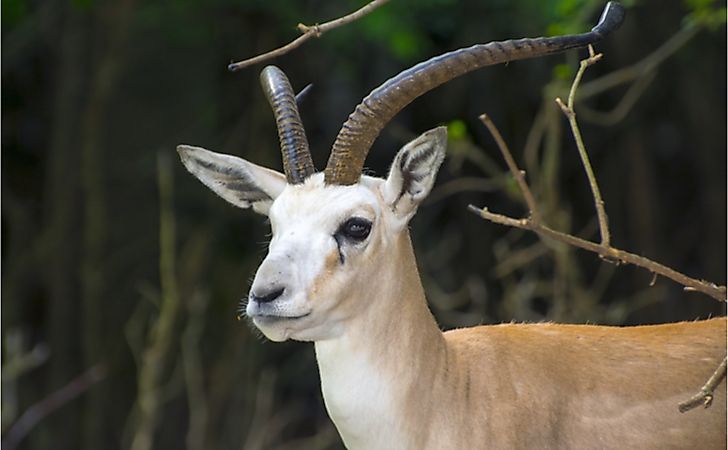
The Goitered gazelle is found mainly in Turkmenistan’s plains. It can be distinguished by its neck region that typically swells during mating season. Its name is misleading since the swelling is not caused by the enlargement of the thyroid gland. The gazelles have an average body length of 3 to 3.8 feet while their shoulder height is about2 to 2.6 feet. The upper body region has a light brown coat color that gradually darkens towards the lower white crisp line. The buttocks are generally white, but the tail is black. Only male Goitered gazelles have horns that grow up to 17 inches long.
Turkmen Wild Goat
Turkmen wild goats, also known as bearded goats, are a subspecies of wild goats found in Turkmenistan and Iran. The goats are typically found in scattered groups across the central region of the KopetDagh (a territory consisting of foothills, mountain plateaus, dry sandy slopes, and steep ravines) found along the Turkmenistan and Iran borders. Turkmen wild goats are also found in the Bolshye north of NebitDagh. The total population in 1986 was estimated at 7,000. However, it is expected that the population has decreased substantially.
Turkmenian Mountain Sheep
The Ustyurt or Turkmenian mountain sheep are related to the mouflon, which is found in mountain plateaus of Central Asia. The species has a considerable population in the Ustyurt plateau, hence the name. They are also common in the eastern and northern regions of Turkmenistan as well as the western parts of Kazakhstan.
Corsac Fox
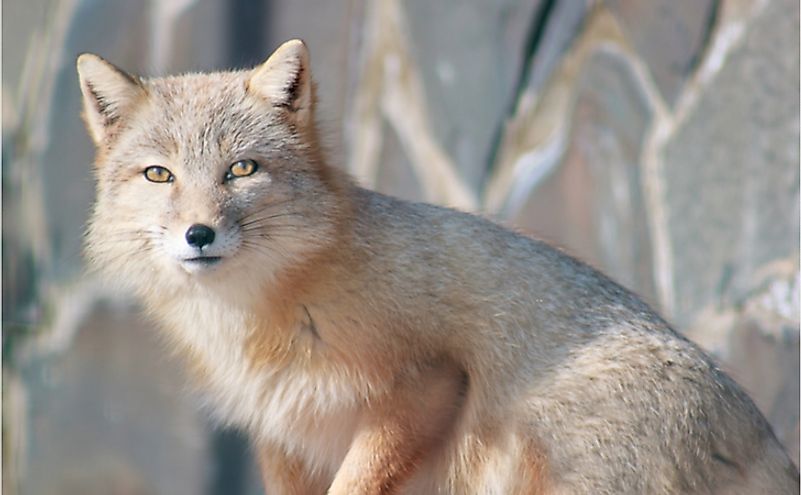
The Corsac Fox is found in the semi-deserts and steppes of Central Asia. They live in burrows that have been abandoned by other animals and are generally considered more social compared to other species of fox. Corsac foxes enclosed in protected areas are active during the day, while those found in the wild are nocturnal. Wild Corsac Foxes are thought to prefer the cover of darkness to avoid humans. Their diet consists of birds, insects, and rodents.
Wild Asian Ass
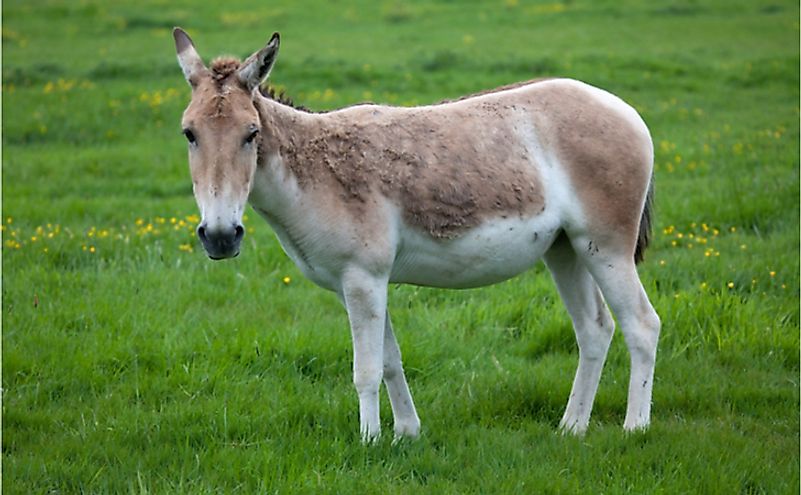
The Wild Asian Ass, also known as the Khulan, resembles the Przewalski’s horse more than the domestic donkey. Despite being a close relative of the domestic donkey, the Khulan cannot be domesticated. There have been numerous attempts to make the species docile, but they have all failed. There are a total of six subspecies of the Khulan that can interbreed. They are found in the deserts of Turkmenistan.
Long-eared Hedgehog
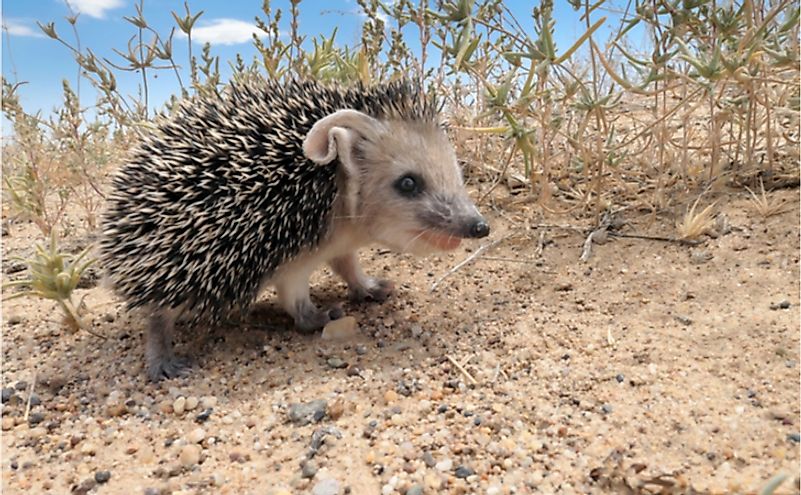
The long-eared hedgehog is mainly found in countries in Central Asia and the Middle East. It is among the smallest of the Middle Eastern hedgehogs and is distinguishable by its long ears. The hedgehog feed on insects, plants, and small vertebrates.
Tolai Hare
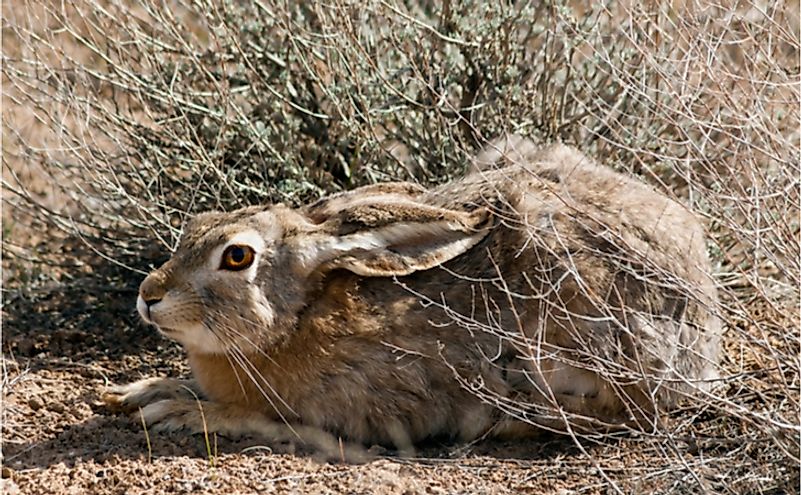
The Tolai hare is found in Mongolia, Central Asia, and Northern China. Its habitat consists of steppes, semi-deserts, forests, meadows, and rocky areas. The hares have a body length of 16 to 23 inches and a tail length of 2.8 to 4.3 inches long. Its upper body has a fur shade that ranges from pale brown to sandy gray. The head and hip regions are grayish or ochraceous.
Striped Hyena
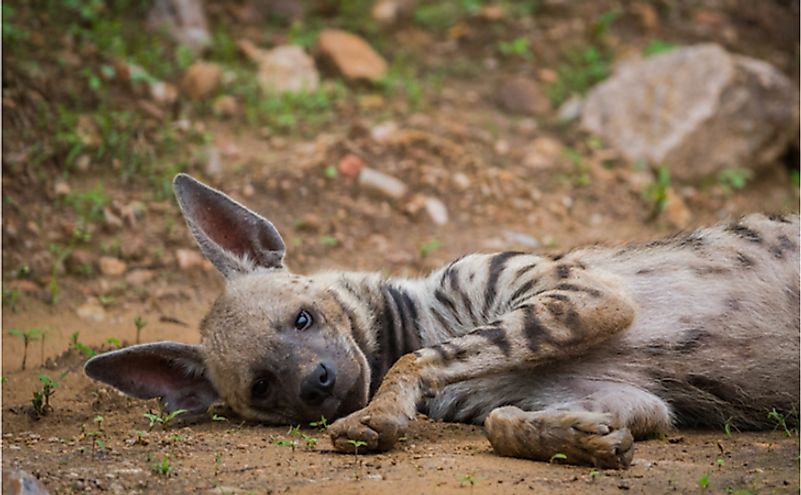
The striped hyena is native to East and North Africa, India, the Middle East, Central Asia, and the Caucasus. The species is listed as near-threatened.
Conservation In Turkmenistan
Turkmenistan is home to many animals that are endangered, and they include the leopard, the brown bear, the caracal, the Turkmen mountain sheep, red deer, and the markhor, among others. NGOs in the country, such as the Nature Conservation Society of Turkmenistan and the World Wide Fund for Nature (WWF), play a crucial role in the conservation of wildlife in the country. The Leopard Conservation project, for example, spearheaded by WWF, aims at habitat restoration and anti-poaching to restore the number of large prey species, which in turn is expected to lead to a rise in leopard numbers.











